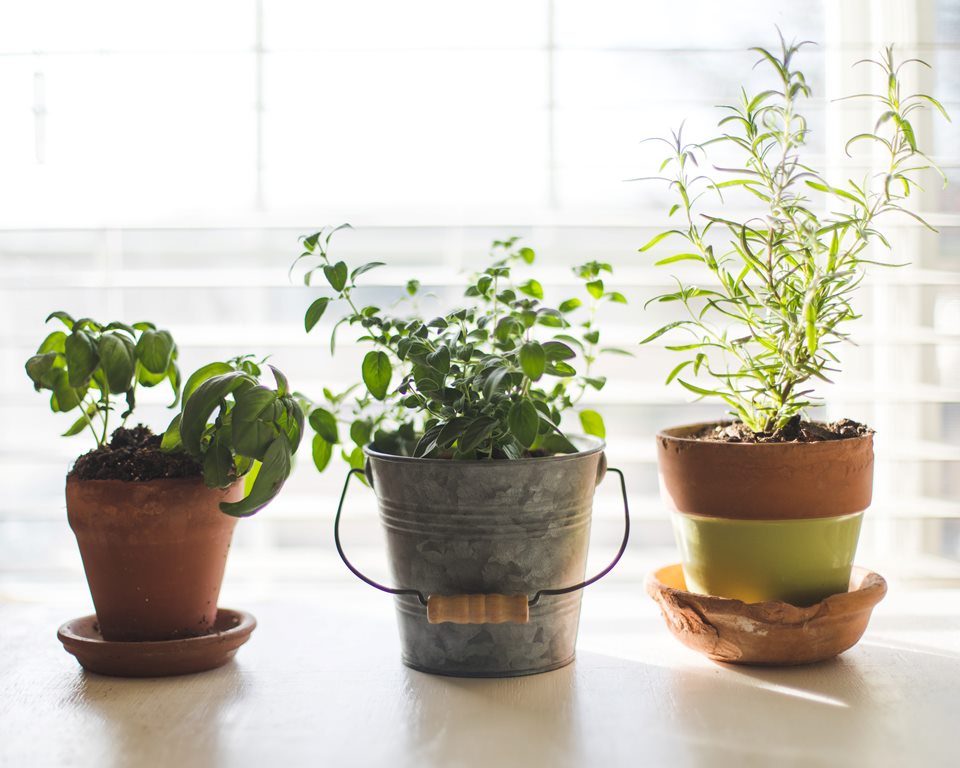Following up on the benefits of composting, let’s take a look at the different kinds of vegetables and herbs you can grow in any indoor space whether large or small.
For most beginners, the idea of growing your own vegetables often lead to deciding on which kinds of seeds to purchase beforehand. But instead of buying seeds, why not explore what you can grow from vegetable cuttings!
Regrowing Vegetable Scraps
A fantastic and sustainable way to grow your own vegetables and herbs is with reusing scrap cuttings. It’s a perfect way to save on your grocery bills and you will always have access to fresh herbs and veges! Most cuttings need only to sit it water until they’re ready to be re-potted when they start sprouting. And once they’re ready for their own pots, the addition of your compost should ensure a healthy and continuous harvest all year round.
Let’s take a look what we can grow from scraps:
1. Scallions / Green Onions
This might possible be one of the easiest veges to grow, as all you will need to do is use the root of the scallion (a couple of inches) and place it in a jar of water and leave it where there’s adequate sunlight.
2. Bok Choy, Cabbage, and Romaine Lettuce
Place cuttings of bok choy, cabbage, or romaine lettuce stumps in bowls and fill them halfway with water. Wait a few days until a regrowth appears at the top, then transfer them into their own pots to grow.
3. Leeks
Leeks pretty much grow at the same rate scallions/green onions do. However, when they start sprouting make sure to re-plant them in a pot that’s deep enough to contain their full lengths.
4. Herbs
Just like microgreens, herbs are very super easy to grow. As soon as your herb cuttings start to sprout roots, they’re ready to be transferred to their individual pots. Make sure to stand your cuttings upright in water to ensure their roots sprout properly.
5. Sweet Potatoes
Although sweet potatoes are quite easy to grow, and you can definitely start with placing cuttings in water, you will need to transfer your sprouts to a large enough pot or tub with soil in order to yield a good harvest. It’s probably best to have an outdoor space when doing this, or a large enough balcony if you live in an apartment.
Remember to keep the soil and plant growth nicely moistened with a spray bottle, and do not over-water in order for your vegetables to grow well. And make sure they get a good amount of sunlight too!
"ExpatGo welcomes and encourages comments, input, and divergent opinions. However, we kindly request that you use suitable language in your comments, and refrain from any sort of personal attack, hate speech, or disparaging rhetoric. Comments not in line with this are subject to removal from the site. "





















